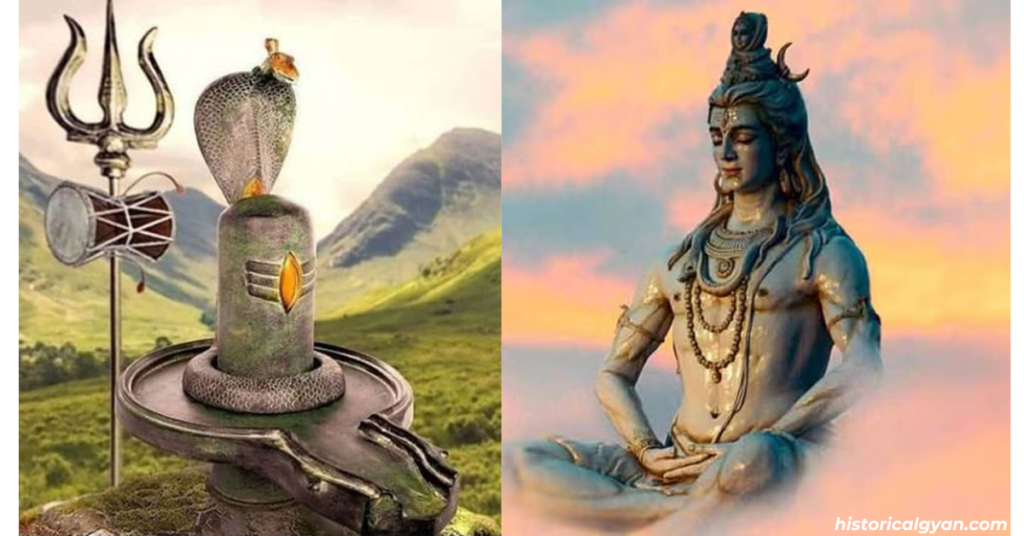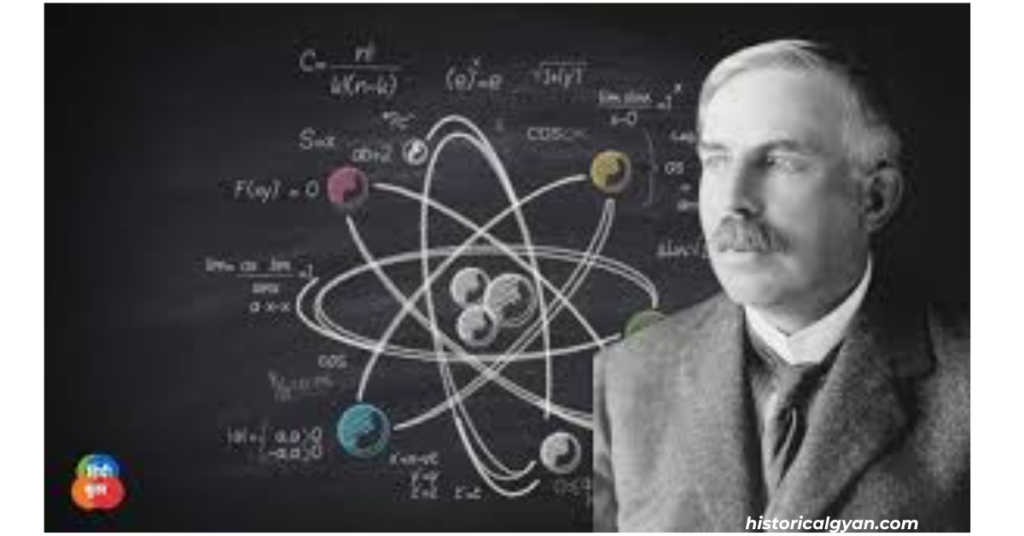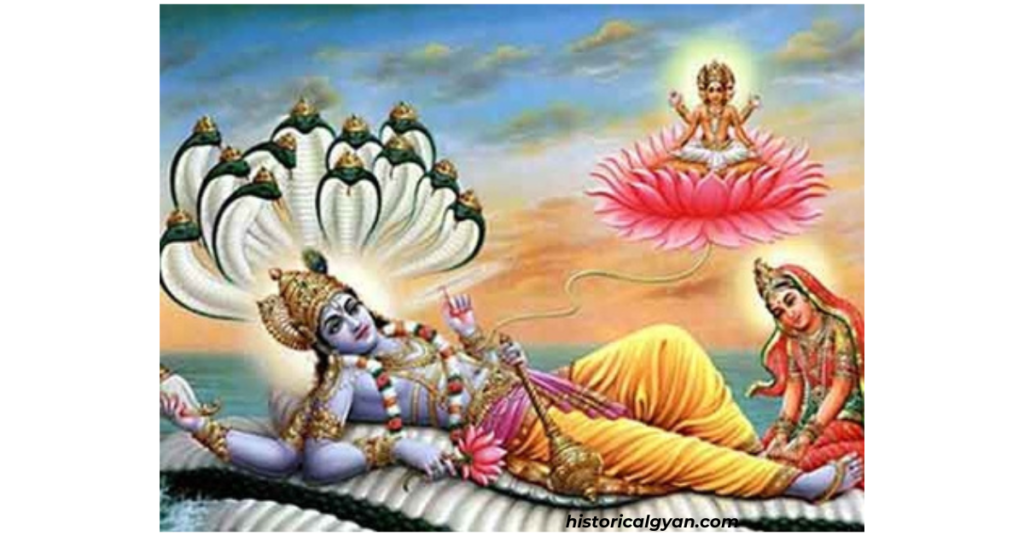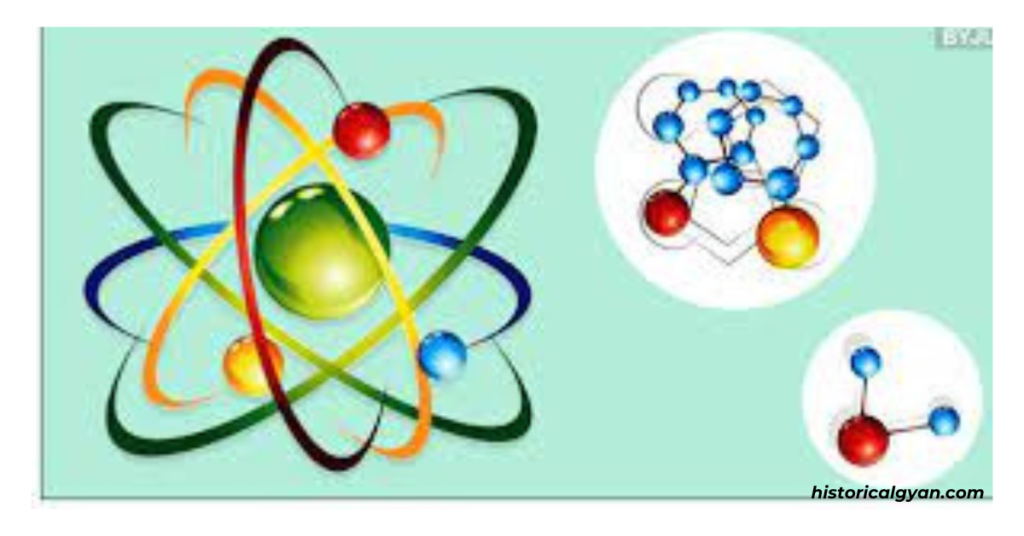Why is Lord Shiva Worshiped in the Form of Lingam?| The True Meaning of Shivling
Introduction
In Hinduism, the Shivalinga holds profound significance as a symbol representing Lord Shiva, the most powerful deity in the Hindu pantheon. Temples dedicated to Lord Shiva commonly feature a Shivalinga, which encompasses all energies of the universe and beyond, with no specific form. This article delves deep into the essence and scientific explanation of the Shivling, aiming to provide a comprehensive understanding of The True Meaning of Shivling and significance.

The Symbolic Structure of Shivling
The Shivling consists of three distinct parts: the lower part, which remains underground and has four sides; the middle part, with eight sides, resting on a pedestal; and the top part, which is the rounded Lingam itself. The circumference of the rounded part is divided into three segments, each symbolizing one of the three principal deities of Hinduism – Lord Brahma, Lord Vishnu, and Lord Shiva.
The Symbolic Structure of Shivling
| Parts | Description | Symbolism |
|---|---|---|
| Lower Part | Underground, four-sided | Lord Brahma |
| Middle Part | Eight-sided, resting on a pedestal | Lord Vishnu |
| Top Part | Rounded Lingam itself | Lord Shiva |
| Circumference | Divided into three segments |

Lingam as a Symbol of the Eternal Brahman
Misconceptions and misunderstandings have surrounded the Shivalinga, especially among Western scholars, who mistakenly associate it with male genitalia and obscenity in worship. However, the Lingam is not meant to depict any specific bodily form but rather symbolizes the formless, eternal aspect of Lord Shiva. Swami Vivekananda eloquently described the Lingam as a representation of the eternal Brahman – the ultimate reality or cosmic consciousness.
Shivling and the Representation of the Universe
The Shivling is believed to represent the entire universe, and intriguingly, it draws striking parallels to scientific theories. In some ancient texts, the universe is likened to an egg – an ellipse with no definite beginning or end. Remarkably, in the context of Niels Bohr’s atomic model, which describes the structure of atoms with protons, neutrons, and electrons, the Shivling finds an astonishing resemblance. Instead of using modern scientific terms, the ancient sages utilized words like Lingam, Vishnu, Brahma, and Shakti to describe the fundamental building blocks of the universe.
The Symbolic Representation of Protons, Neutrons, and Electrons
According to the Mahabharata, Lord Shiva is described as being smaller than sub-atomic particles like protons, neutrons, and electrons, yet greater than the greatest of all. The Shivling is not merely a random symbol; it conveys the profound message that the smallest form of nature can be observed in the Shivalinga. Just as protons and electrons revolve around neutrons in an atom, the ancient sages perceived Lord Shiva as the cosmic center around which the universe revolves.

If we see the picture of Lord Vishnu, a lotus has emerged from the navel of Lord Vishnu and Lord Brahma is shown sitting on a lotus. Lotus means the energy which has the power of attraction. The stem of the lotus may be associated with its original mantra, which states that Lord Brahma is situated around Lord Vishnu. This is a message that protons are attracted to protons because of opposite electric charge.

Lord Vishnu, Lord Brahma, and Shakti in the Shivling
Within the intricate symbolism of the Shivling, we find representations of the three principal deities in Hinduism. Lord Vishnu, symbolizing positivity, corresponds to protons – particles with a positive electrical charge. On the other hand, Lord Shiva, represented by neutrons, possesses no electrical charge, much like the actual neutrons in the nucleus of an atom. Lord Brahma, associated with electrons and their negative electrical charge, completes the trinity of deities within the Shivling.

The Role of Shakti in the Universe
The Shakti aspect of the Shivling is represented by an oval-shaped disc with three ridges on its circumference, symbolizing energy and playing a vital role in the functioning of the universe. It is the force of attraction that holds everything together, much like the stem of a lotus bending due to its flexibility, signifying the interconnectedness of electrons revolving around protons in an atom.
Renuka: The Symbol of Molecules
The concept of Shakti in Hinduism goes beyond being just Lord Shiva’s wife; it is an integral part of him. Masses surround Lord Shiva at all times, much like the way valence electrons surround atoms and form molecules, aptly named “renuka” in Sanskrit. Just as two atoms come together to create a molecule, Shakti, in the form of renuka, binds Lord Shiva.
The Stability of Atoms and Lord Shiva
Ancient sages also observed that when the number of protons and neutrons in the nucleus of an atom is equal, the atom becomes stable. Similarly, they associated Lord Shiva’s calm and composed nature with stability, suggesting that when Lord Shiva is present, there is no chaos, and everything remains harmonious.
The Spiritual and Scientific Harmony
The association between the Shivling and scientific principles showcases the harmony between spirituality and science in Hinduism. While scientific research delves into understanding the physical world through experimentation and observation, Hinduism presents a deeper spiritual understanding of the universe and its intricate workings.
Conclusion
In conclusion, Lord Shiva, worshiped in the form of Lingam, embodies the essence of the formless, eternal Brahman. The Shivling represents the fundamental building blocks of the universe, drawing parallels to scientific theories like atomic structure. By delving into the symbolism of protons, neutrons, and electrons, as well as the interconnectedness of energies in the universe, Hinduism bridges the gap between spirituality and science. Understanding the true meaning of Shivling enhances our appreciation for the profound wisdom embedded in Hindu traditions and paves the way for a deeper spiritual connection. May the sacred symbol of Lingam continue to inspire seekers of truth and wisdom for generations to come.
Frequently Asked Questions (FAQs)
1. What is the significance of Lord Shiva worshiping in the form of Lingam?
The worship of Lord Shiva in the form of Lingam holds deep spiritual and symbolic significance in Hinduism. The Lingam represents the formless, eternal aspect of Lord Shiva, symbolizing the ultimate reality or cosmic consciousness. It transcends any specific physical form, making it a powerful representation of the divine.
2. Is the Shivling associated with male genitalia?
No, there have been misconceptions regarding the Shivling, particularly among some Western scholars. The Lingam is not meant to depict male genitalia or any specific bodily form. It is a sacred symbol that represents the formless and eternal nature of Lord Shiva, going beyond any limited interpretation.
3. How does the Shivling symbolize the universe?
The Shivling is believed to represent the entire universe, drawing parallels to scientific theories. Some ancient texts compare the universe to an egg – an ellipse with no definite beginning or end. The three parts of the Shivling symbolize the three principal deities of Hinduism – Lord Brahma, Lord Vishnu, and Lord Shiva – who are the creators, preservers, and destroyers of the universe, respectively.
4. What is the role of Shakti in the Shivling?
Shakti, represented by the oval-shaped disc with three ridges on the circumference of the Shivling, symbolizes energy. It plays a vital role in the functioning of the universe by holding everything together, much like the force of attraction that binds electrons around protons in an atom. Shakti is an integral part of Lord Shiva and is revered as the divine feminine energy.
5. How does the Shivling relate to atomic structure?
Ancient sages perceived Lord Shiva as smaller than sub-atomic particles like protons, neutrons, and electrons, yet greater than the greatest of all. This symbolism indicates that the smallest form of nature can be observed in the Shivling. Just as protons and electrons revolve around neutrons in an atom, Lord Shiva is seen as the cosmic center around which the universe revolves.
6. What do the three segments of the Shivling represent?
The three segments of the rounded part of the Shivling symbolize the three principal deities of Hinduism – Lord Brahma, Lord Vishnu, and Lord Shiva. Each segment represents one of these deities, signifying the unity and interconnectedness of the divine forces in the universe.
7. How does Lord Shiva’s calm nature relate to atomic stability?
Ancient sages observed that when the number of protons and neutrons in the nucleus of an atom is equal, the atom becomes stable. Similarly, Lord Shiva’s calm and composed nature is associated with stability, indicating that his presence brings harmony and order to the universe.
8. Can the worship of the Shivling enhance spiritual connection?
Yes, the worship of Lord Shiva in the form of Lingam can deepen one’s spiritual connection. Understanding the symbolism behind the Shivling and its representation of the formless divine can inspire seekers of truth and wisdom, leading to a profound spiritual experience.
9. How does Hinduism harmonize spirituality and science?
Hinduism has a unique ability to harmonize spirituality and science. While scientific research focuses on understanding the physical world through empirical methods, Hinduism provides deeper spiritual insights into the universe’s intricate workings. The association between the Shivling and scientific principles exemplifies this harmony between spirituality and science.
10. What can we learn from the real meaning of Shiva lingam?
The true meaning of Shivling teaches us to look beyond the physical form and connect with the formless, eternal essence of the divine. It reminds us of the interconnectedness of all things in the universe and the profound wisdom embedded in ancient traditions. Embracing this knowledge can lead to a deeper understanding of ourselves and our place in the cosmos.
You can read this article of ours:- The difference between present knowledge society and Vedic knowledge society? meaning of Shivling


3 thoughts on “The True Meaning of Shivling: The Profound Significance of Shivlinga – Scientific and Spiritual”